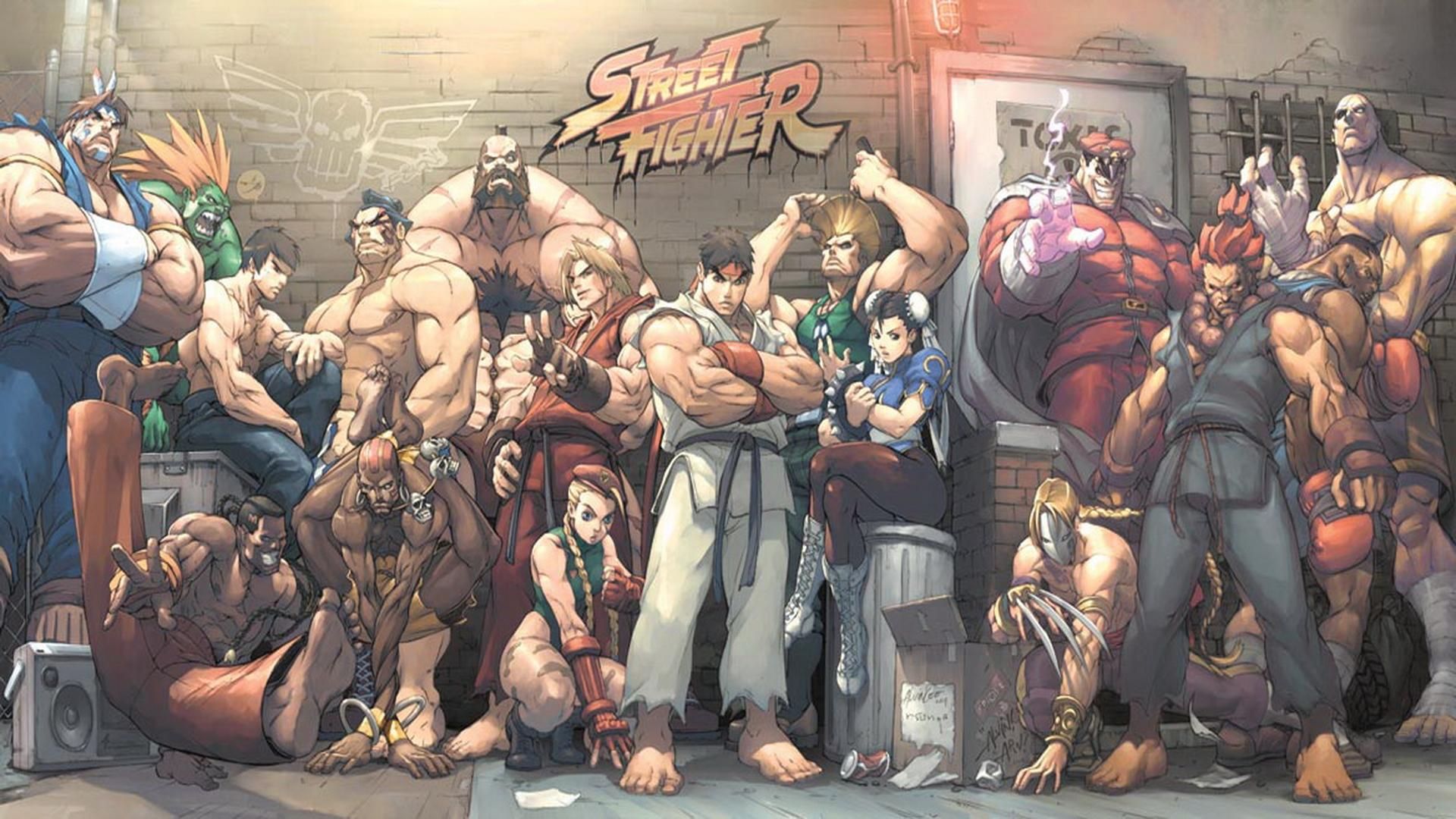
Sure, there are top-tier characters that seem to have really great tools and low-tier fighters that struggle a tad more than the rest. I will say, however, that the version of Street Fighter V that Arcade Edition is replacing is one of the most balanced titles in the Street Fighter series. It would be risky of me to claim Arcade Edition is well balanced. Most of the cast going in is well designed The motto here is: Condition and read your opponent, or die.
I have to make one defensive read and commit wholeheartedly to it. My opponent has to make one offensive decision and stick with it. It doesn’t want players relying on the training wheels of easy reprieves from these situations. In Street Fighter V, you don’t get that insurance policy. In a game where option selects are rampant, we could cheat the situation, and both myself and my opponent have two or three of those options covered with one input. It’s a lot to consider in just fractions of a second. This is the classic rock/paper/scissor of Street Fighter, and really, the genre as a whole. They can also walk up, fake throw to get me to perform a counter throw, but shimmy back as my counter throw comes out, and hit my character with an attack (which often leads to a crush counter). They can also walk up and throw, which beats a lot of my options for dealing with an opponent attacking my wake up.

They can also miss time the attack to bait me into doing my own strike. My opponent can perform a “meaty” attack as my character gets up (having the move’s active hit frames activate just as my character is standing). A common situation in most Street Fighter titles is getting knocked down in the corner.

#Frame trap street fighter full
What makes anyone a good fighting game player is conditioning your opponent and then making the appropriate reads, and Street Fighter V pushes its players full force to be conditioning and reading machines. That if they can’t have one option cover multiple set ups, then it’s the fault of the game and not the player. These elements in Street Fighter IV taught players that they shouldn’t commit to reads in key situations. This system is there to kill off the bad habit of Street Fighter IV players learning to spam Jabs (light punch) and Shorts (light kick) to get out of trouble.Īnother example? Street Fighter IV style option selects and true ambiguous setups are squashed as much as possible in Street Fighter V. If that doesn’t sit well with you, then really - don’t play Street Fighter V.įor example, Street Fighter V uses the crush counter system, where a harder normal attack “crushes” an opponent putting out a weaker attack at the same time. It’s trying to correct, through tough love, the horrible habits players developed in Street Fighter IV. Street Fighter V is, and always has been, the anti-Street Fighter IV. While Street Fighter IV should be praised for ushering in an era of fighting games becoming an esports phenomenon, its many bugs and quirks created an environment of gimmicks over fundamentals. The gist is that Street Fighter V maintains a philosophy of fundamentals over gimmicks. If a character is blue, they are in a state of being safe, and they are unsafe if they are red.īoth of these tools are helpful for practicing and discovering block strings and frame trap set ups (or finding counters when defending against block strings and frame traps) without having to study a spreadsheet full of character frame data and working out the math in your head.Įverything I said about the core game in my original review of Street Fighter V in early 2016 is still very much on point when discussing Street Fighter V: Arcade Edition. Such as the frame gauge, which is a visual aide for showing how long a move is actually active.Ĭapcom also added a color-based safety setting, which assigns a color to both characters in the training mode based off of if they are “safe” while performing or blocking a move. Training mode received two incredible frame-data based tools. It’s not a gimmicky feature, and it could be used to ease running legitimate team format tournaments.

Team Battle in Street Fighter V, however, is highly customizable, with options that actually matter in a tournament environment. When Capcom has tried to implement these sort of features before, they’ve come off as a bit disconnected from the needs of the community that inspired them. Team-based competition is a popular format in the fighting game community, where teams of three to five players fight each other Pokémon-style. For example, if you run tournaments, you’re going to love the Team Battle settings that Capcom has added. Capcom slipped some small-but-significant tools inside of Street Fighter V: Arcade Edition that are incredibly useful.


 0 kommentar(er)
0 kommentar(er)
